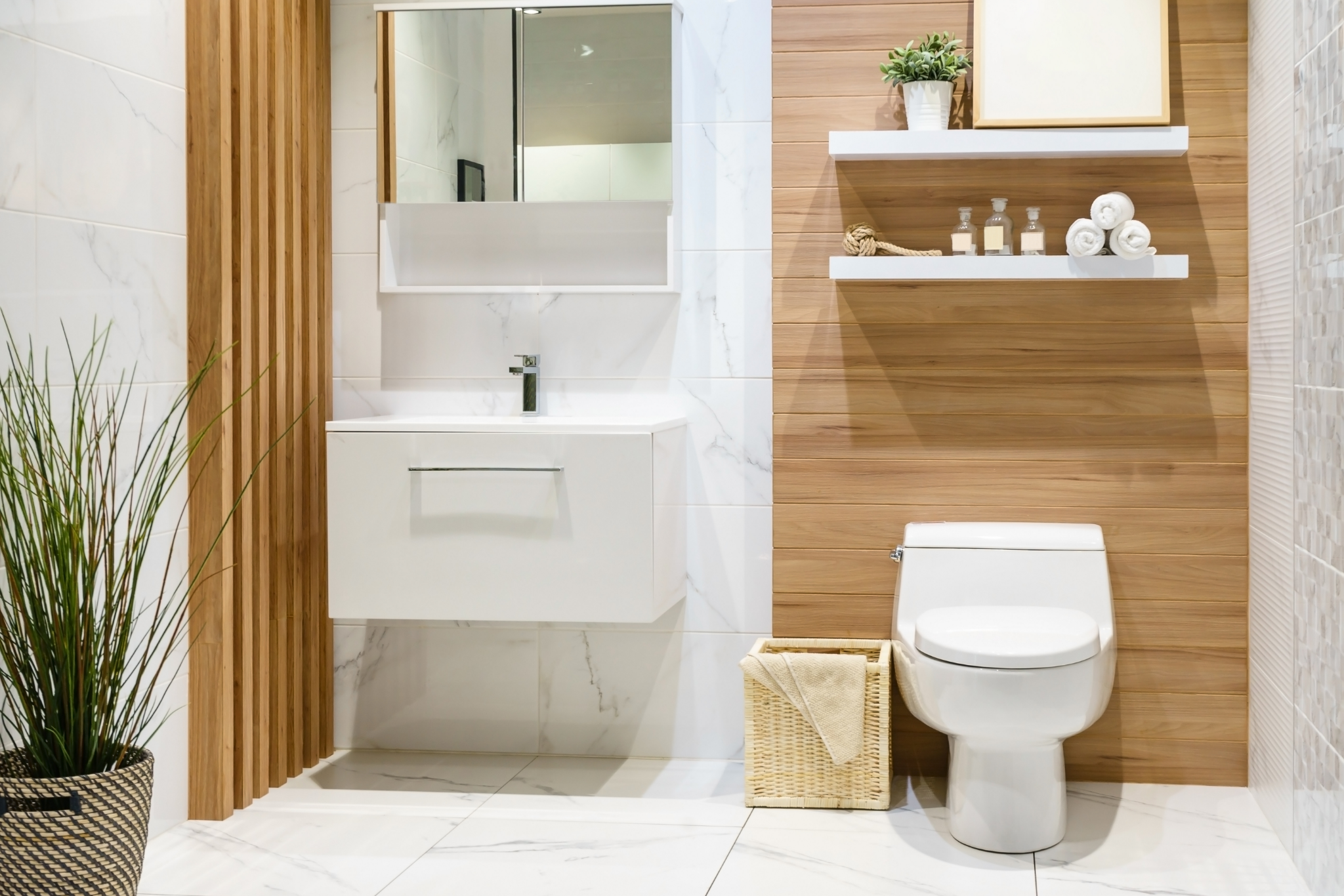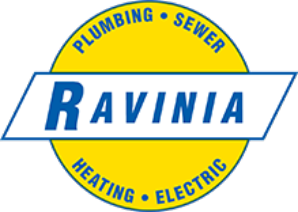
Buying a new toilet is not something you do all that often. Toilets last for decades. But there are a few reasons you might want a new toilet:
- You are remodeling or building a new home
- You are getting older and want a toilet with a higher seat
- You want a toilet that is better at conserving water
- You want to give your bathroom a fresh look
Here are some tips for buying a new toilet once you’ve determined your budget. We’ll start with some of the physical components.
1. Make sure it fits the space. Measure from the wall behind the toilet to the center of the drainpipe or bolts that secure the toilet to the floor. The standard rough-in is 12 inches. Also to ensure comfort, make sure there are at least 15 inches separating the toilet from other fixtures.
2. Toilet types. There are three types of toilets. See the table.
| Type | Description | Pros | Cons |
| One-piece | Bowl and tank are one seamless unit |
|
|
| Two-piece | Bowl and tank are bolted together |
|
|
| Elongated | Larger bowl and seat |
|
|
| Round | Smaller bowl and seat |
|
3. Toilet height. Toilets traditionally had a seating surface of 14 to 15 inches off the floor. Today most seating surfaces are 16.5 inches off the floor, making it easier to sit and stand. ADA compliant toilets have seating surfaces 17 inches off the ground. Note if sitting and standing present challenges, consider installing a grab bar.
4. Toilet seats. This is less about the physical attributes and more about look and aesthetics. In addition to standard seats there are the following options, all of which could add cost:
a. Bidet-style seats that provide the power of a bidet and could also include air drying, dual jets, motion-activated lighting and pre-heated water
b. Slow close lids which eliminate the bang associated with closing the seat
c. Heated seats
d. Anti-microbial coatings that reduce mildew, mold and odors
Now on to more functional features.
5. Flush Capacity. If you are conservation-conscious, you will want a WaterSense certified toilet that uses 1.28 gallons of water per flush, which is less than half the water used in older toilets. Carry it a step further and purchase a dual-flush toilet using 0.8 gallons per flush for liquid waste and 1.28 gallons for solid waste.
6. Flushing. There are three flushing options. There are power-assisted toilets that use a small electric motor to introduce pressure into a smaller tank. These are relatively uncommon, with gravity-fed toilets and pressure-assisted toilets being the most common. Here is how they compare.
| Type | Gravity-fed | Pressure-assisted |
| Description | Traditional toilets which use gravity to dump water from the tank into the bowl, which then sucks the water down the sewer line | Uses the water pressure in the piping to make a more powerful flush |
| Pounds per square inch of pressure (PSI) | 10 PSI | At least 35 PSI |
| Other | Quieter but may clog more due to a less powerful flush | Noisier but will clog less due to a more powerful flush |
Contact Ravinia Plumbing, Sewer, Heating & Electric for a New Toilet
The licensed plumbers at Ravinia Plumbing can help you select and install the right toilet for you. Our customers have relied on us since 1928 (that’s 97 years!) for quality products, knowledgeable technicians, and superior service, including 24/7/365 emergency service. That is why we’ve made a name for ourselves as the most trusted plumbing, sewer, heating and air conditioning, and electrical company in Chicago’s North Shore and Northwest suburbs. Contact Ravinia Plumbing today to schedule an appointment.
